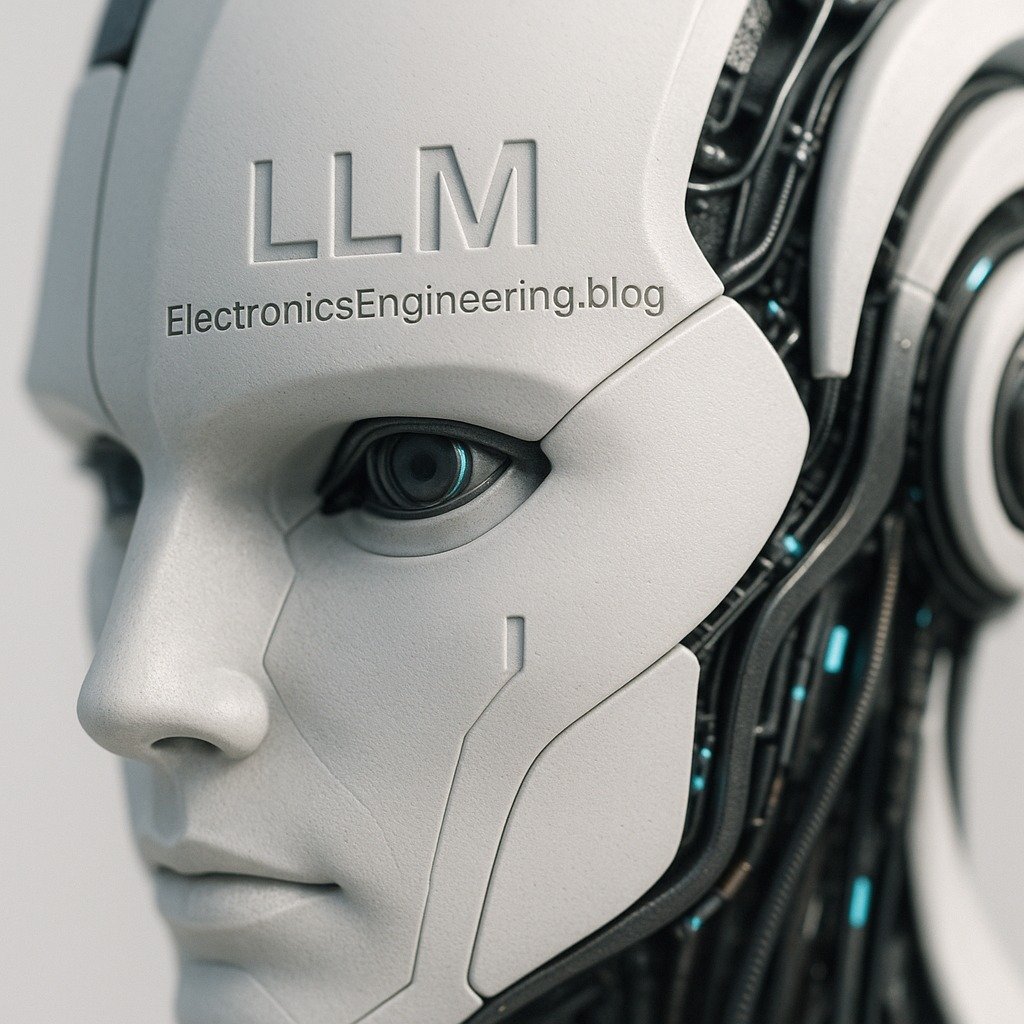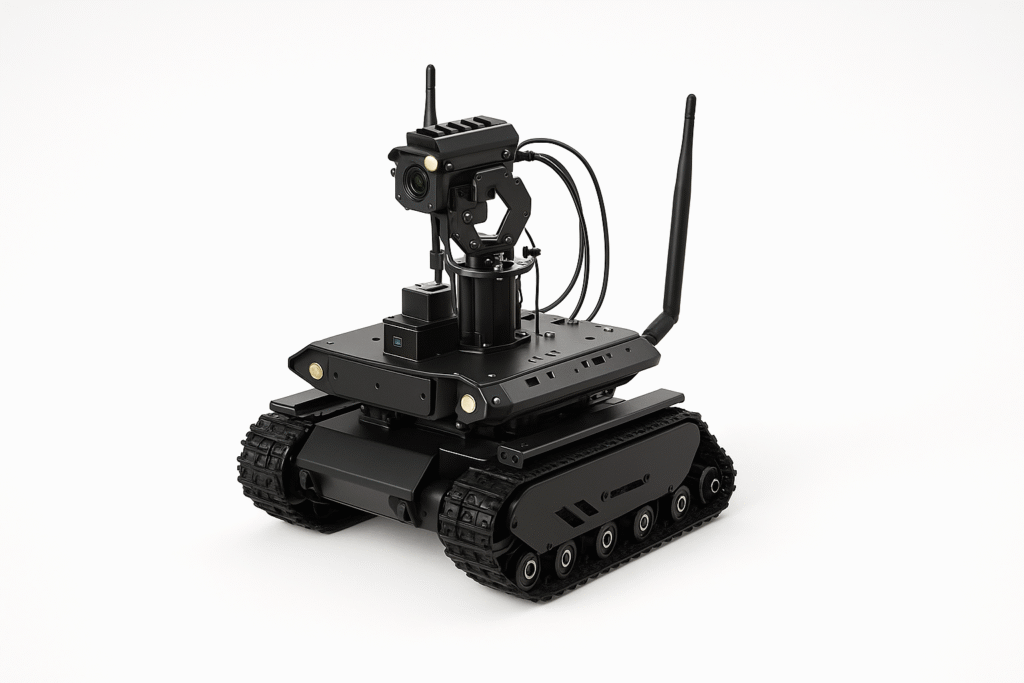Expanded Tutorial: Large Language Models (LLMs)
Practical Introduction
When I first encountered a large language model (LLM), I was amazed at how it could generate coherent text from seemingly random prompts. My students often share similar feelings—curiosity mixed with a bit of confusion. LLMs represent a significant leap in artificial intelligence, enabling machines to understand and produce human-like text. In this tutorial, we will delve into the fascinating world of LLMs, exploring their fundamentals, how they work, their applications, best practices, limitations, and a concrete use case to illustrate their practical utility.
Fundamentals of Large Language Models
Large Language Models are advanced algorithms designed to process and generate text that mimics human language. They are built on the principles of deep learning, a subset of machine learning that employs neural networks to recognize patterns in data. The architecture of these models is inspired by the human brain, consisting of interconnected nodes (neurons) that work collectively to analyze data.
Key Concepts
- Neural Networks: At the heart of LLMs are neural networks, which consist of layers of interconnected nodes. Each node processes input data and passes the output to the next layer. The depth and complexity of these networks allow LLMs to capture intricate patterns in language.
- Training Data: LLMs are trained on vast datasets containing diverse text from books, articles, websites, and more. This extensive training allows them to learn various writing styles, contexts, and nuances of language.
- Tokenization: Text data is broken down into smaller units called tokens, which can be words or subwords. Tokenization is crucial for the model to understand and generate text effectively.
- Contextual Understanding: LLMs excel at understanding context, thanks to mechanisms like self-attention. This allows the model to weigh the significance of different words in relation to each other, enabling it to generate coherent and contextually relevant sentences.
How LLMs Work
The operation of an LLM can be broken down into several key components and processes:
Training Process
The training of an LLM involves several critical steps:
- Data Collection: Gathering a large and diverse dataset is the first step. The dataset should encompass a wide range of topics and writing styles to ensure the model can generalize well.
- Preprocessing: The collected data undergoes preprocessing, which includes cleaning the text, removing irrelevant information, and tokenizing it into manageable units.
- Model Architecture: Most LLMs utilize a transformer architecture, which is particularly effective for processing sequential data like text. Transformers use self-attention mechanisms that allow the model to focus on different parts of a sentence simultaneously.
- Training: During the training phase, the model learns to predict the next word in a sentence based on the preceding words. This is achieved through a method called backpropagation, where the model adjusts the weights of its connections to minimize prediction errors.
- Fine-Tuning: After the initial training phase, the model can undergo fine-tuning on specific datasets tailored for particular tasks. This step enhances its performance in targeted applications, such as legal or medical text.
Inference
Once trained, the LLM can generate text based on user prompts. It does this by sampling from its learned probability distribution of words, creating sentences that are coherent and contextually appropriate. Users can engage in conversations, ask questions, or request creative writing, and the LLM will respond accordingly.
Applications of LLMs
LLMs have a wide range of applications across various domains. Here are some key areas where they can be utilized:
- Chatbots: LLMs can power intelligent chatbots that understand and respond to customer inquiries, providing support and information in real-time.
- Content Generation: They can assist in writing articles, blogs, stories, and even code snippets, significantly speeding up the content creation process.
- Translation Services: LLMs can aid in translating text between different languages, making communication across linguistic barriers more accessible.
- Summarization: These models can summarize lengthy documents, extracting key points and presenting them concisely, which is invaluable for busy professionals.
- Sentiment Analysis: Businesses can leverage LLMs to analyze customer feedback and determine the sentiment behind it, helping them make informed decisions.
In summary, LLMs are versatile tools that utilize complex algorithms to understand and generate human-like text. Their applications are vast and varied, making them an exciting area of study and implementation.
Key Parameters of LLMs
Understanding the key parameters of LLMs can help you appreciate their capabilities and limitations. Here are some fundamental parameters to consider:
- Number of Layers: This refers to the depth of the neural network. More layers can allow the model to learn more complex representations of language.
- Hidden Size: This is the size of the hidden layers within the neural network. A larger hidden size can enable the model to capture more detailed information but requires more computational resources.
- Number of Attention Heads: This indicates how many attention mechanisms the model uses. Multiple heads allow the model to focus on different parts of the input simultaneously, enhancing its contextual understanding.
- Training Data Size: The amount of data the model is trained on significantly affects its performance. Larger datasets typically yield better language understanding and generation capabilities.
- Vocabulary Size: This is the number of unique tokens that the model can recognize and generate. A larger vocabulary allows for more nuanced language generation, contributing to the quality of the output.
Good Practices and Limitations
While LLMs are powerful tools, there are best practices and limitations to consider when using them:
Good Practices
- Provide Clear Prompts: Ensure that your prompts are specific and clear. This helps the model generate more relevant and accurate responses.
- Review and Edit: Always review and edit the output generated by the LLM. While the model can produce high-quality text, it may contain inaccuracies or require adjustments to align with your voice.
- Combine with Human Insight: Use LLMs as tools to augment your creativity and insights rather than relying solely on them. Your unique perspective is invaluable.
- Stay Updated: The field of AI and LLMs is rapidly evolving. Stay informed about advancements, new models, and best practices to make the most of these technologies.
Limitations
- Contextual Limitations: LLMs may struggle with understanding nuanced context or sarcasm, leading to misunderstandings in certain situations.
- Accuracy Concerns: While LLMs can generate coherent text, they may also produce incorrect or outdated information. Always verify facts before using the generated content.
- Ethical Considerations: The use of LLMs raises ethical questions regarding authorship, bias, and misinformation. Be mindful of these issues when deploying LLMs in your projects.
- Resource Intensive: Training and operating LLMs can be resource-intensive, requiring significant computational power and memory. This may limit accessibility for smaller organizations or individuals.
Concrete Use Case: Content Creation for a Technical Blog
Let’s explore a concrete use case of an LLM in action. Imagine you are a content creator tasked with writing an article for a technical blog about the benefits of sustainable energy practices. You decide to use an LLM to help you draft the content.
Step 1: Generating Ideas
First, you provide the LLM with a prompt: “What are the key benefits of sustainable energy practices?” In seconds, the LLM generates a list of benefits, such as reducing carbon emissions, lowering energy bills, and promoting energy independence. This brainstorming session gives you a solid starting point.
Step 2: Structuring the Article
Next, you want to structure your article. You can ask the LLM for a suggested outline. It might respond with headings like “Introduction,” “Environmental Benefits,” “Economic Advantages,” and “Conclusion.” With this outline, you have a clear roadmap to follow.
Step 3: Writing Sections
Now, you can take it a step further. For each section, you can provide the LLM with prompts that guide it to generate specific content. For example, you might say, “Write an introductory paragraph about the importance of transitioning to sustainable energy.” The LLM generates a well-crafted paragraph that you can use or modify as needed.
Step 4: Editing and Finalizing
After generating content for each section, you’ll want to review and edit the text to ensure it aligns with your voice and style. While LLMs can produce high-quality text, you should always add your personal touch and verify facts.
Step 5: Publishing
Once you’ve finalized the article, you’re ready to publish it on your blog. Thanks to the assistance from the LLM, you were able to save time and enhance the quality of your content. The generated ideas and structured sections helped you focus on what truly matters—delivering valuable information to your audience.
Conclusion of Use Case
In this use case, the LLM served as a powerful tool to facilitate the writing process. You can see how it assists in brainstorming, structuring, drafting, and refining content, making it a handy resource for content creators.
Common Mistakes and How to Avoid Them
As you work with LLMs, you may encounter some common pitfalls. Here’s a list of mistakes to avoid:
- Over-reliance on the Model: Don’t rely solely on the LLM for content generation. Always add your insights and context to enhance the final output.
- Ignoring Context: Ensure that you provide adequate context in your prompts to get relevant responses. Vague prompts often lead to vague answers.
- Neglecting Editing: Always review and edit the generated text for accuracy and alignment with your style. This step is crucial for maintaining quality.
- Failing to Specify: When asking for information, be specific about what you want. Clear and detailed prompts yield better results.
- Assuming Accuracy: Remember that LLMs may produce incorrect or outdated information. Always verify facts before publishing or sharing content.
Conclusion
In conclusion, LLMs are versatile tools that can significantly enhance your text generation and content creation processes. By understanding how they work, their key parameters, and practical use cases, you can leverage their capabilities effectively. However, remember to avoid common mistakes that might hinder your results. Now that you have a foundational understanding, consider experimenting with LLMs in your projects. Explore how they can streamline your work and inspire creativity.
For more information, feel free to visit prometeo.blog.
Third-party readings
- LLM Tutorial – The AI Pedagogy Project
- Large Language Model (LLM) Tutorial – GeeksforGeeks
- Creating Small(-ish) LLMs
Find this product and/or books on this topic on Amazon
As an Amazon Associate, I earn from qualifying purchases. If you buy through this link, you help keep this project running.



